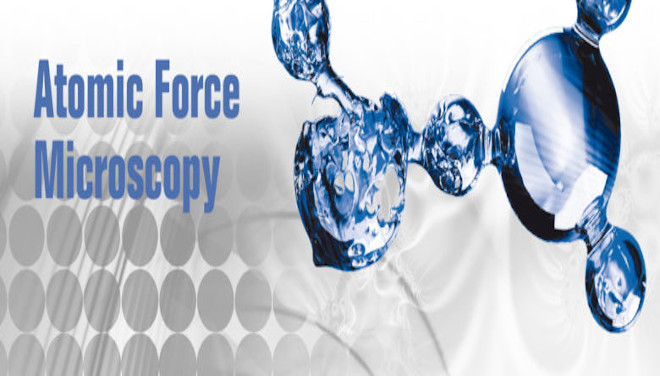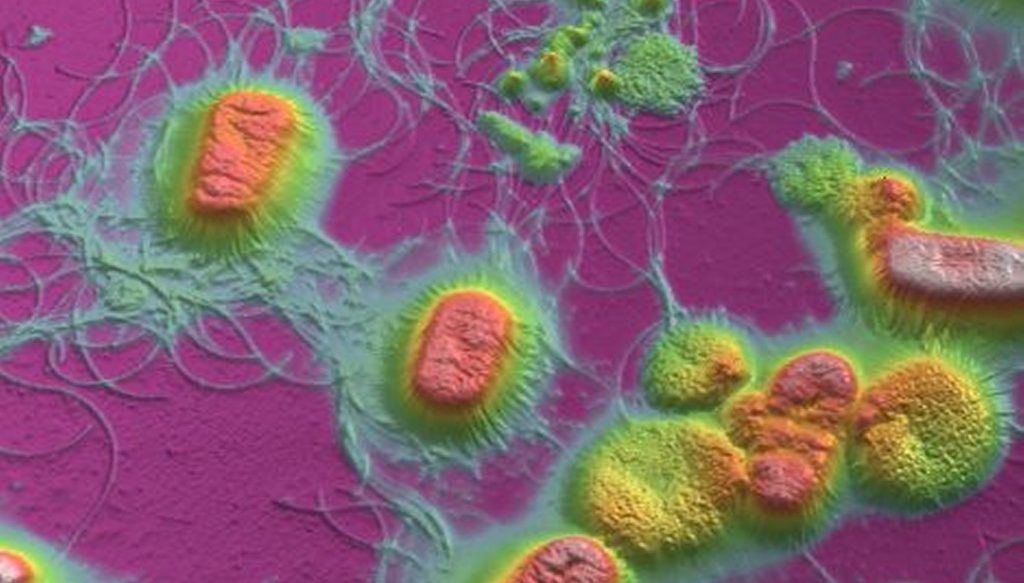Training
We recommend that users become familiar with the principals of fluorescence labeling and optical microscopy before arranging for training. We recommend the following sites for learning about microscopy:

Introductions to Fluorescence Microscopy

Fluorescence Labeling

Optical Sectioning and Confocal Microscopy

Image Analysis

Atomic Force Microscopy and Videos (AFM)

Biological AFM
Support
*ONLY TRAINED USERS CAN SIGN UP FOR THE MICROSCOPES*
For training, advice and consultation, please contact the appropriate OMAL staff.
If unsure, please contact:
Stephen Lockett, locketts@mail.nih.gov, (301) 846 5515
Microscope Scheduling
NIH Users:
- You will need to use your NIH login and password.
- The link for the calendars is: https://ncifshare.cancer.gov/OMAL/
- (Required browsers: Microsoft Internet Explorer or Apple’s Safari)
External Users:
Please contact: OMAL STAFF
OMAL Data Server Info
OMAL Server Access
The xnat-abcc ‘omal-share1’ has been migrated to a new server.
The Windows UNC path for the share is:
- \\main.fssrgd-vast01p.nci.nih.gov\OMAL-IMG2omal-share1
Mac clients should use the following path instead of the UNC:
- smb://main.fssrgd-vast01p.ncifcrf.gov/OMAL-IMG2
Access to the new share will require using an NIH AD login and password. Users who are already logged into windows with their AD accounts should have access automatically without needing to provide a password.
**This is a network location that needs to be mapped**
To all Microscope Users:
We are all aware that the microscopes are used more than ever. With this heavy use comes frustration finding time to get your imaging done. We are instituting some rules to help make things run as smoothly as possible. Please see the link below for a downloadable set of these rules.
Each user must receive training from OMAL staff for each specific microscope. Training on one microscope should not be considered as training for another microscope, even if the microscopes are similar in terms of their operation.
Generally, training will cover the needs for your immediate applications and not necessarily cover all capabilities of the microscope. Therefore additional training may be needed if your application changes. For example, if your immediate application is to image fixed cells, then additional training will be needed if you later want to image live cells.
Certain microscope modalities, particularly those pertaining to super-resolution require optimal sample preparation. Therefore you should discuss these needs in detail with OMAL staff first.
We monitor how each microscope is being used, so we can ensure the most appropriate instrument is being applied to the scientific questions at hand. In order for all scientists to optimally have access to the unique capabilities of the different microscopes, we may ask users to use less busy microscopes if we are certain they can obtain equivalent results on them. This policy will need to be applied during times of heavy usage on the higher-end microscopes.
Please tell Ms. Kim Peifley if you are using live samples, because there is further information that we need to obtain from you. This is an EHS requirement and applies to all microscopes.
The tissue culture and chemical fume hood areas of the OMAL lab in room 12-80 are strictly off limits. This is so that we can avoid contamination and meet safety requirements. Satellite tissue culture incubators are provided for your storage of live samples while you are actively using a microscope for live cell applications. Samples left in these incubators will be decontaminated discarded.
No samples requiring greater than BSL-2 safety or radioactive samples are allowed in OMAL
OMAL has considerable expertise in sample preparation and analysis of images that we can share with you on a consulting basis.
We encourage you to periodically tell OMAL about your current and intended use of the microscopes, as well as your research more generally. With this information we can best guide you to the most appropriate expertise and instrumentation OMAL offers, as well as bringing to your attention capabilities located in other labs or other institutions. We also use this information to determine which new instruments and expertise to acquire.
Please acknowledge OMAL in your publications and presentations, either as authors or in the acknowledgements section. For the acknowledgments section, use the following wording, “We gratefully acknowledge the Optical Microscopy and Analysis Laboratory, Frederick National Laboratory for Cancer Research.”
Users must bring their own lab coat.